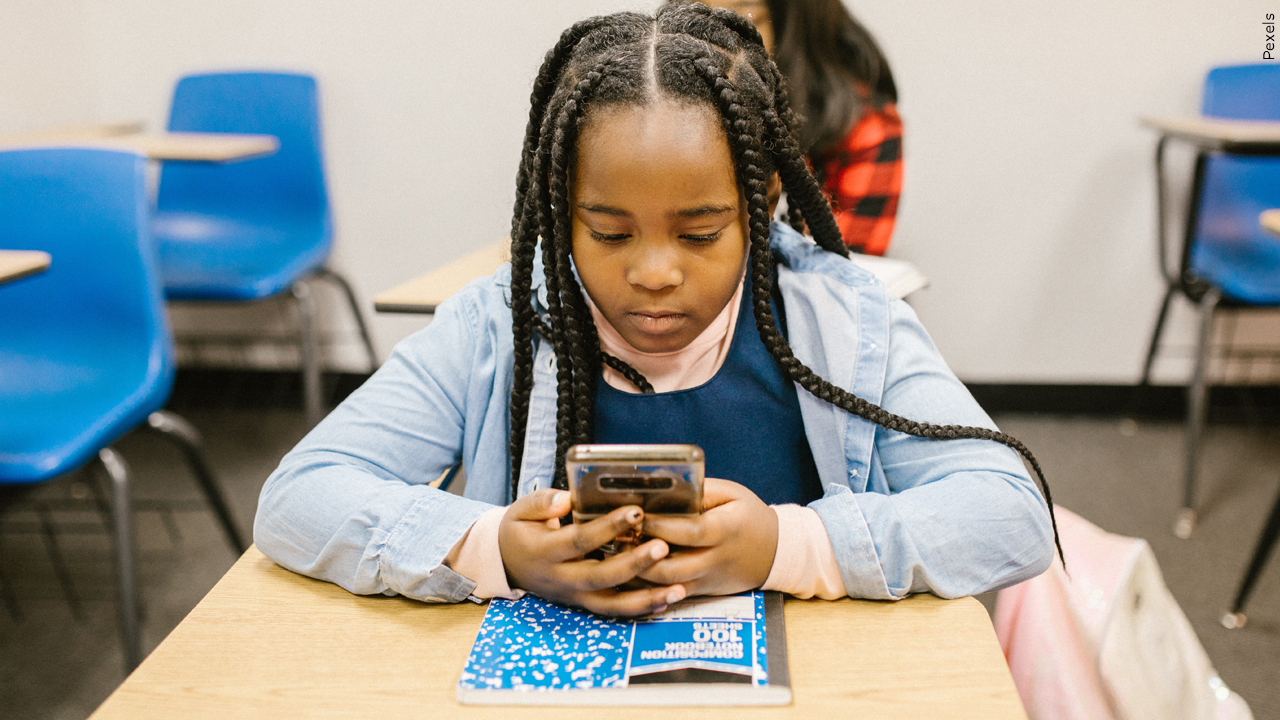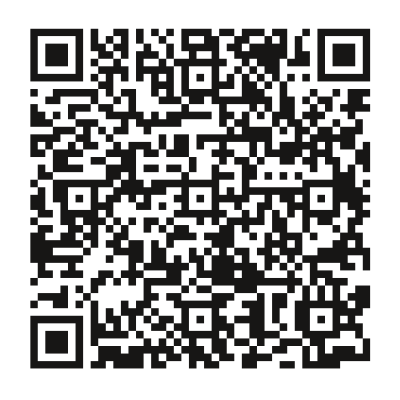Finding truly safe apps for your kids feels like trying to navigate a maze that keeps changing. One minute you’re confident about an app’s safety features, and the next, you’re discovering it’s collecting data you never approved. With kids spending more time than ever on devices, the stakes are higher than ever.
Why "Safe Apps for Kids" Matters Now
The numbers tell a concerning story. Children between ages 8-12 now spend an average of 5-7 hours daily on screens, with summer breaks seeing usage spike by nearly 30%. Beyond just time spent, parents worry about very real threats:
“My 10-year-old downloaded what looked like a harmless game, but it was filled with pop-up ads for dating sites,” shares Maria, mother of two from Colorado. “I felt blindsided.”
These aren’t isolated incidents. Recent studies show that 40% of kids have encountered inappropriate content online, while cyberbullying affects nearly half of all teens. Privacy violations have become so common that many parents don’t even realize when their children’s data is being collected and sold.
This guide cuts through the confusion to help you understand what makes an app truly “safe,” which options actually deliver on their promises, and how to set up proper protections that work for your family’s unique needs.
Defining "Safe": What Safety Really Means for Kids' Apps
Privacy & Data Protection
The gap between what apps claim and what they actually do with your child’s data can be shocking. A 2024 study by the Digital Privacy Coalition found that 67% of apps marketed to children still use trackers or request permissions that violate COPPA (Children’s Online Privacy Protection Act) guidelines.
Look for apps that:
- Clearly state they don’t collect personal information
- Don’t require unnecessary permissions (like access to contacts when it’s a single-player game)
- Have privacy policies you can actually understand
Red flags include apps requesting access to your child’s location, microphone, or camera without a clear reason why they need it.
Content Control & Filtering
Not all content filters are created equal. Basic filters might block obvious adult content but miss concerning material in comments, user-generated content, or even in-app messages.
The most effective content filtering systems:
- Allow parents to customize blocking categories
- Use context-aware filtering that understands content beyond just keywords
- Update regularly to catch new slang and workarounds kids discover
Screen Time & Activity Management
Parents often tell me they’re less concerned about what their kids are doing online than how much time they’re spending there. Quality screen time management features should include:
- Daily limits that can be adjusted by day of the week
- The ability to set “downtime” during meals, homework, or bedtime
- Detailed reports showing which apps consume the most attention
Monitoring & Communication Oversight
This is where many parents feel conflicted. You want to protect your kids without destroying trust. The best approach combines technology with open communication.
Effective monitoring features include:
- Text message and social media oversight
- Alert systems for concerning keywords or patterns
- Call monitoring and contact management
But remember what child psychologist Dr. Samantha Lee emphasizes: “The goal isn’t surveillance—it’s guidance. Always be transparent with your child about what you’re monitoring and why.”
Location & Geofencing
Location tracking gives peace of mind, but geofencing takes safety a step further by alerting you when your child enters or leaves specific areas like school, home, or a friend’s house.
Top Categories of Safe Apps & Phones
Content-Filter & Monitoring Apps
MMGuardian (iOS/Android)
MMGuardian stands out with its comprehensive web filtering system covering over 175 categories of content. Its strength lies in granular control—you can block specific apps or create app groups with different time limits.
On Android, MMGuardian offers deeper monitoring capabilities, including call, SMS, and social media oversight. Parents receive detailed reports and alerts about potentially concerning content.
Limitations: Email monitoring is limited, there’s no geofencing feature, and it lacks a system-wide daily timeout option that some parents prefer.
Bark
If your concern is primarily social media, Bark might be your best bet. Its AI scanning technology monitors over 30 platforms, including email and files, making it particularly valuable for teens with multiple social accounts.
Bark excels at detecting nuanced concerns like depression indicators or bullying that might slip past keyword-based systems. However, it offers less granular control than MMGuardian for app management or call monitoring.
Google Family Link
As a free option built into Android devices, Family Link provides solid basic protection for younger children. It offers simple content filtering and time limits but lacks the detailed analytics and message monitoring of paid alternatives.
Many parents use Family Link as a starting point before transitioning to more comprehensive solutions as their children get older.
Net Nanny
Once the gold standard in content filtering, Net Nanny still offers powerful protection but has fallen behind competitors in recent expert rankings due to reliability issues and platform limitations.
Kid-Safe Phones with Integrated Controls
This Android-based 5G phone comes with MMGuardian software pre-installed, creating a tamper-proof system kids can’t bypass through safe mode or factory resets.
Key features include:
- Contact blocking and management
- Comprehensive web filtering
- Remote lock and wipe capabilities
- Location tracking
- Message monitoring with alerts for concerning content
At $289 plus a $10 monthly subscription (or $229 with a $120 yearly plan), it’s competitively priced compared to similar options from Gabb, Bark, or Troomi.
The main drawbacks? No email monitoring and no global device time limit—though you can set limits for specific app categories.
Addressing Your Biggest Concerns
“Are free kids’ apps really safe?”
Free often comes with hidden costs. A 2024 analysis of the top 100 free children’s apps found that 72% contained either advertising, in-app purchases, or data collection practices that most parents would find concerning.
Lisa, a parent from Seattle, learned this the hard way: “My 6-year-old racked up $300 in charges on a ‘free’ game before I realized what was happening. The app made purchasing extra lives incredibly easy—just one tap—and never asked for verification.”
When evaluating free apps, check for:
- How the app makes money (if it’s free, they’re profiting somehow)
- Privacy policy specifics about data collection
- Reviews mentioning hidden ads or purchases
“How reliable are content filters, really?”
Even the best filters aren’t perfect. YouTube Kids, despite its child-friendly design, has repeatedly faced criticism for inappropriate content slipping through its automated review process.
For optimal protection:
- Regularly review activity logs
- Customize filter settings based on your child’s maturity
- Use apps that send alerts about blocked content so you can discuss it
“Should I tell my child I’m monitoring their activity?”
Child development experts overwhelmingly say yes. Dr. Michael Thompson, child psychologist and author, explains: “Secret monitoring creates a relationship based on suspicion rather than trust. Kids who discover hidden monitoring often feel betrayed and become more secretive.”
Instead, frame monitoring as a partnership: “I’m keeping an eye on your online activity not because I don’t trust you, but because the internet can be unpredictable, and we’re learning to navigate it together.”
“What about AI chatbots in kids’ apps?”
This emerging concern deserves attention. Children often form emotional attachments to AI companions, with unclear long-term effects on social development.
Dr. Emily Chen, developmental psychologist, advises: “Limit AI chatbot usage and monitor conversations. Some children share deeply personal information with these bots, not understanding that this data may be stored or analyzed.”
“At what age should my child get a smartphone with monitoring?”
The consensus among experts is shifting toward later adoption. The Wait Until 8th pledge (encouraging parents to delay smartphones until at least 8th grade) has gained significant traction.
For younger children who need phones for safety reasons, restricted devices like the MMGuardian A15 or similar “training wheel” phones provide communication without full internet access.
Practical Guidance: How to Choose & Set Up
Match Solutions to Your Child's Age and Maturity
- Ages 5-8: Simple, restricted environments like Google Family Link or a basic kid-safe tablet
- Ages 9-12: More comprehensive monitoring like MMGuardian, especially if they’re beginning to use messaging
Ages 13+: Solutions like Bark that can monitor multiple platforms while respecting growing independence
Try Before You Commit
Most services offer free trials—MMGuardian provides 14 days to test their full feature set. Use this time to:
- Test how easy the controls are to manage
- Check if monitoring alerts are helpful or overwhelming
- See if your child can find workarounds (they’re often surprisingly resourceful!)
Create a Family Technology Agreement
Rather than imposing rules, involve your children in creating guidelines. A written agreement might include:
- Agreed screen-free times and zones
- Consequences for breaking rules
- Privacy expectations
- Regular check-ins to discuss how the system is working
Review and Adjust Regularly
Digital safety isn’t set-and-forget. Schedule monthly reviews to:
- Check activity logs for concerning patterns
- Discuss any filter overrides or blocked content
- Evaluate if current restrictions still make sense as your child matures
Finding Your Family's Digital Balance
No app or device can replace thoughtful parenting and open communication. The most effective digital safety strategy combines technological tools with ongoing conversations about online citizenship, critical thinking, and healthy boundaries.
MMGuardian’s comprehensive monitoring and control features make it an excellent choice for parents seeking detailed oversight, especially on Android devices or through their dedicated A15 phone. For families primarily concerned with social media monitoring across multiple platforms, Bark might be the better fit. And for those just starting out with younger children, Google Family Link provides a solid foundation.
Whatever tools you choose, remember that the goal isn’t perfect protection—it’s gradually teaching your children to navigate the digital world safely on their own. The right apps and devices are just part of that journey.






